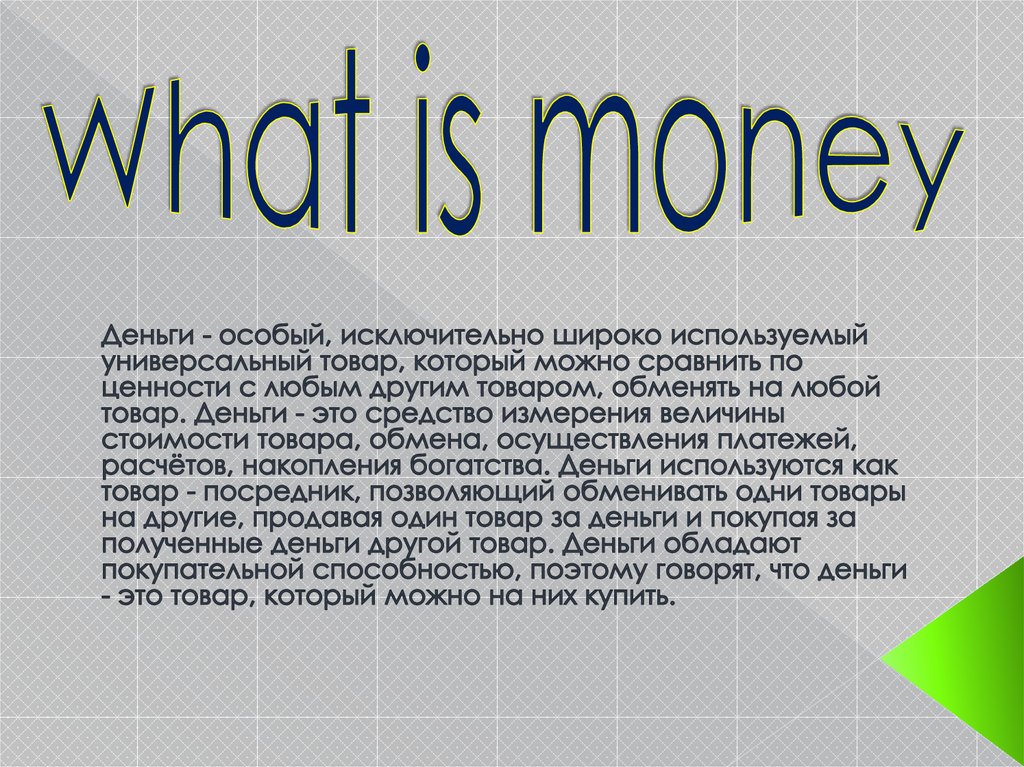Contents
PPI measures prices received by domestic producers for their output. Other common examples of pandemic-induced demand-pull inflation included price increases for hand sanitizer and surgical masks as people began hoarding products and supply simply couldn’t keep up. The rate at which people expect prices to rise in the future is referred to as inflation expectations—actual inflation often follows a similar trajectory. If consumers expect inflation to rise in the near future, they may preemptively start buying more things now to avoid paying what they expect will be higher prices later. This can lead to a problem with supply, leading to demand-pull inflation.
The government may also increase taxes to cover higher fuel and energy costs, forcing companies to allocate more resources to paying taxes. Therefore, you can conclude with the above discussion the main reason for causing inflation in the economy is either by demand-pull or cost-push factors. It is often argued that which is the supreme factor for inflation, which one of the two-factor causes rise in the general price level for the first time. Experts hold that demand-pull factor the leading factor for inflation in any economy. A further rise in prices raises the cost of living still further and the workers ask for still higher wages. In this way, wages and prices chase each other and the process of inflationary rise in prices gathers momentum.

This later rise in price level from P1 to P2 is the result of demand-pull Inflation. It is thus clear that both cost-push and demand -pull inflation interact to cause inflation in the economy. Indirect Effect of Increase in oil prices or other raw material prices. In addition to the direct effect of oil price shocks and increase in other raw material prices, there are indirect effects of such supply shocks which cause further rise in rate of inflation. It may be noted that an aggregate supply curve is drawn assuming given price level expectations over time. The increase in profit margins also produces a cost-push effect and results in shift in the aggregate supply curve to the left.
It will be seen that both demand-pull inflation and cost-push inflation have operated together to raise price level from P0 to P2. With this, the expected real wage rate (W/P) will decline and therefore less labour will be supplied at a diagram of demand pull inflation given money wage rate. Initially, aggregate demand curve AD and aggregate supply curve AS1 determine price level and P1output Y1. Now, due to oil price shock, aggregate supply curve shifts to the left to AS2 and price level rises to P2.

Just as the event was on the verge of being labelled a depression, the US government started printing money in order to avoid an economic collapse. As a result, US citizens received stimulus packages to sustain their incomes, and the government expanded its spending program. As a result, the stock market rallied along with the rest of the economy. This money printing, complemented by people’s enhanced spending capacity, caused an unprecedented imbalance between supply and demand.
This boost to demand causes a rise in AD and inflationary pressures. If aggregate demand is rising at 4%, but productive capacity is only rising at 2.5%; firms will see demand outstripping supply. If aggregate demand rises faster than productive capacity , then firms will respond by putting up prices, creating inflation. Is greater than the interests or amounts earned on such investments. Therefore, reducing one to a lower standard of living may harm the economy.

In other words, inflation reduces the purchasing power of money. Companies cannot maintain profit margins by producing the same amounts of goods and services when their costs are higher and their productivity is maximized. The decline in growth rate was due to an aging population and decaying infrastructure. The problem could only be solved by improving the skills of the workforce and by investing in the infrastructure. By employing an expansionary monetary policy, the excess money increased demand, without increasing the capacity.
Hence, inflation eats away the real power of money, and therefore consumers may be doomed to a lower standard of living. Still, when a full-employment level of aggregate supply OYF is achieved, the supply curve of AS takes a vertical shape. Once full employment is completed, output supply cannot be increased. This represents a situation where the basic factor at work is the increase in aggregate demand for output either from the government or the entrepreneurs or the households. The result is that the pressure of demand is such that it cannot be met by the currently available supply of output.
Former leads to a rightward shift of the aggregate demand curve while the latter causes aggregate supply curve to shift leftward. Former is called demand-pull inflation , and the latter is called cost-push inflation . Before describing the factors, that lead to a rise in aggregate demand and a decline in aggregate supply, we like to explain “demand-pull” and “cost-push” theories of inflation.
If the annual rate of inflation in an economy is anticipated correctly people will try to protect them against losses resulting from inflation. Wage increase if inflation is expected to rise by 10 p.c. This can be demonstrated graphically where AS1 is the initial aggregate supply curve. Below the full employment stage this AS curve is positive sloping and at full employment stage it becomes perfectly inelastic. Because of anti-inflationary policies pursued by the government, inflation may not be an embarrassing one.
Further suppose that Y0 is the full capacity (i.e., full-employment) level of output and therefore long-run aggregate supply curve LAS is vertical at Y0 level of output. Suppose there is increase in oil prices which causes shifts in aggregate supply curve to the left from AS to AS’1. Cost Push Inflation can be tackled using supply side economics.
Aggregate demand may rise if there is an increase in consumption expenditure following a tax cut. There may be an autonomous increase in business investment or government expenditure. Government expenditure is inflationary if the needed money is procured by the government by printing additional money. Fiscal policy uses government spending and tax policies to influence macroeconomic conditions, including aggregate demand, employment, and inflation.
But, eventually, higher consumer demand may outpace production capacity, causing inflation. A low unemployment rate is unquestionably good in general, but it can cause inflation because more people have more disposable income. Both..increase in employment rate and increase in prices. Rapid economic growth in the mid-1960s, caused inflation to increase from 2% in 1966 to 6% by 1970.
It is an extreme form of inflation when an economy gets shattered.”Inflation in the double or triple digit range of 20, 100 or 200 p.c. Inflation and unemployment are the two most talked-about words in the contemporary society. Jiwon Ma is a fact checker and research analyst with a background in cybersecurity, international security, and technology and privacy policies.
This increased demand for workers puts upward pressure on wages, leading to wage-push inflation. Finally, higher wages increase the disposable income of employees, https://1investing.in/ leading to a rise in consumer spending. Is still sloping upward, an increase in aggregate demand from AD2 to AD3 has utilized the rise in output from OY2 to OYF.